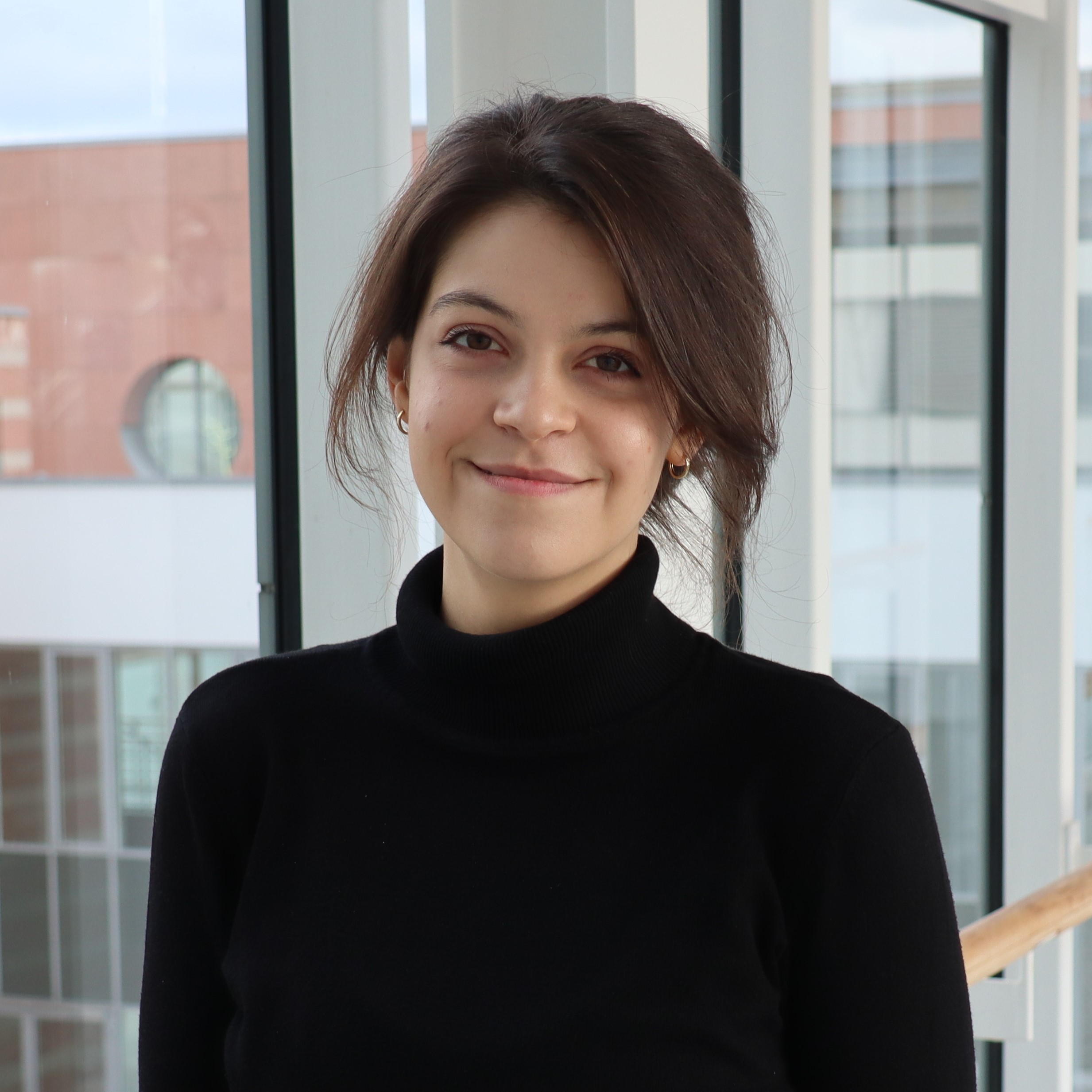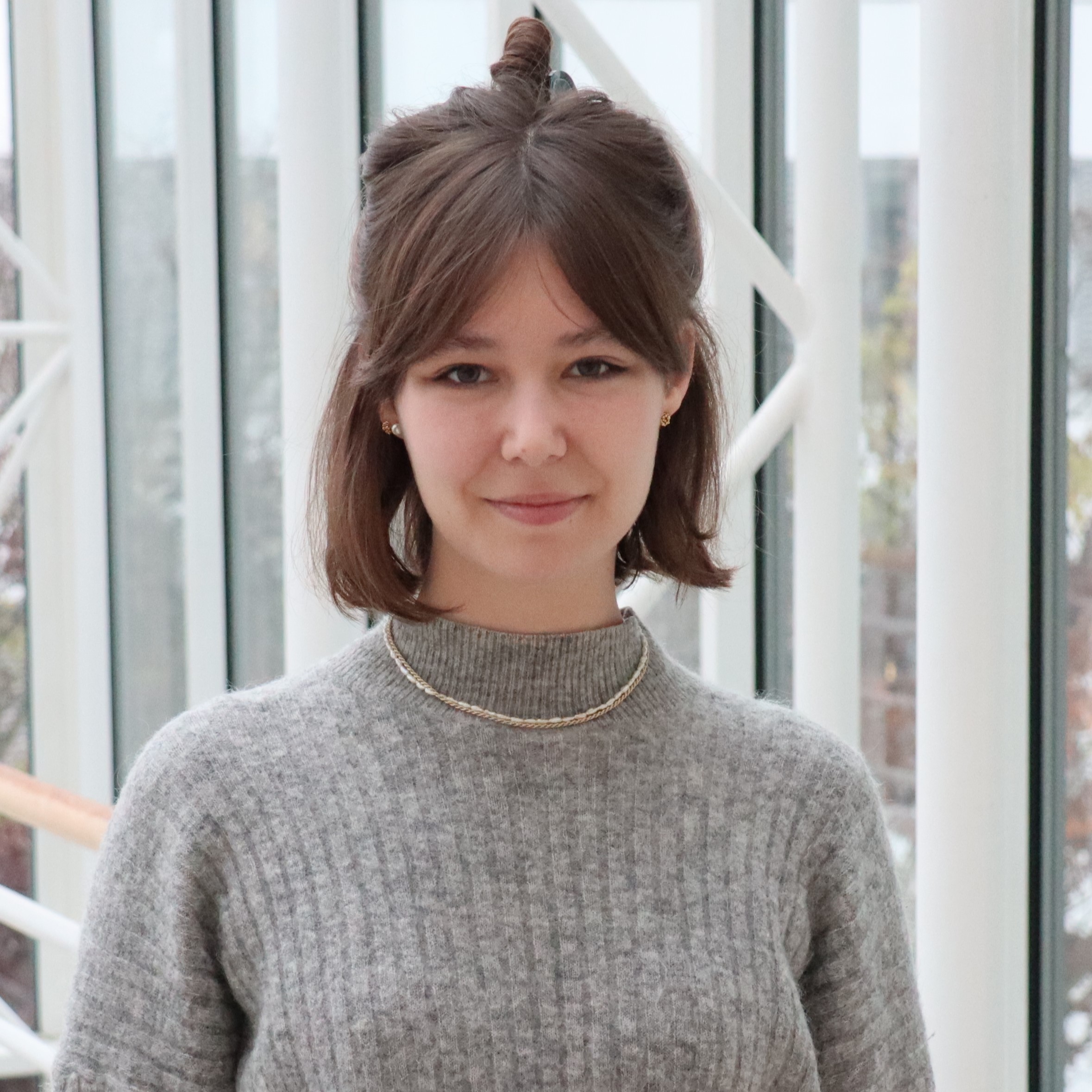



Cell- & 3D Tissue Models
In our formulation development process, we rely on human in vitro models of various tissues as an alternative to animal models to test our drug delivery systems. While these models may have limitations in terms of complexity, we believe that using human cells offers several advantages over animal testing when it comes to tailoring drug delivery systems to human biology. Therefore, our research is primarily focused on in vitro models based on human cells and tissues, striking a balance between the required biological intricacy and the ability to conduct valid and predictive testing of new medicines. To meet specific scientific requirements, our models span a range of complexities, from single-cell studies and cell monolayers to intricate three-dimensional organotypic cultures. These models incorporate multiple types of human cells, as well as ex vivo tissue biopsies. We believe that this approach allows us to capture key aspects of tissue behavior and response to drug delivery systems.
Modular In vitro Models
Due to their scalability and reproducibility, in vitro models of the intestine, alveolar epithelium, and endothelia (blood-brain barrier), represent a valuable test system during the optimization process of novel drug carriers. The flexibility provided through the use of cell lines further allows us to combine different cellular components of a tissue, depending on the desired complexity and intended read-out: Herein, we cultivate modular in vitro models that allow for the integration of different epithelial cells, fibroblasts, endothelial cells, as well as immune cells. Our established systems comprise a range of models, from standard CaCo-2 permeation testing to multi-layered in vitro skin models for investigating wound healing.
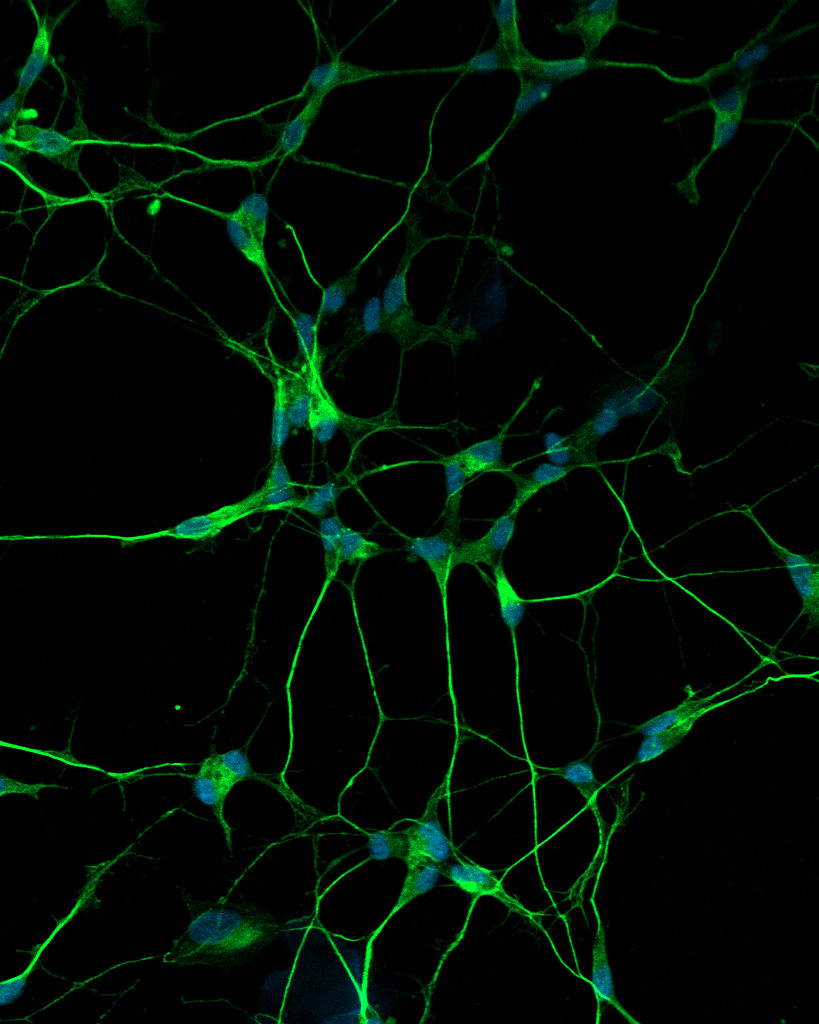
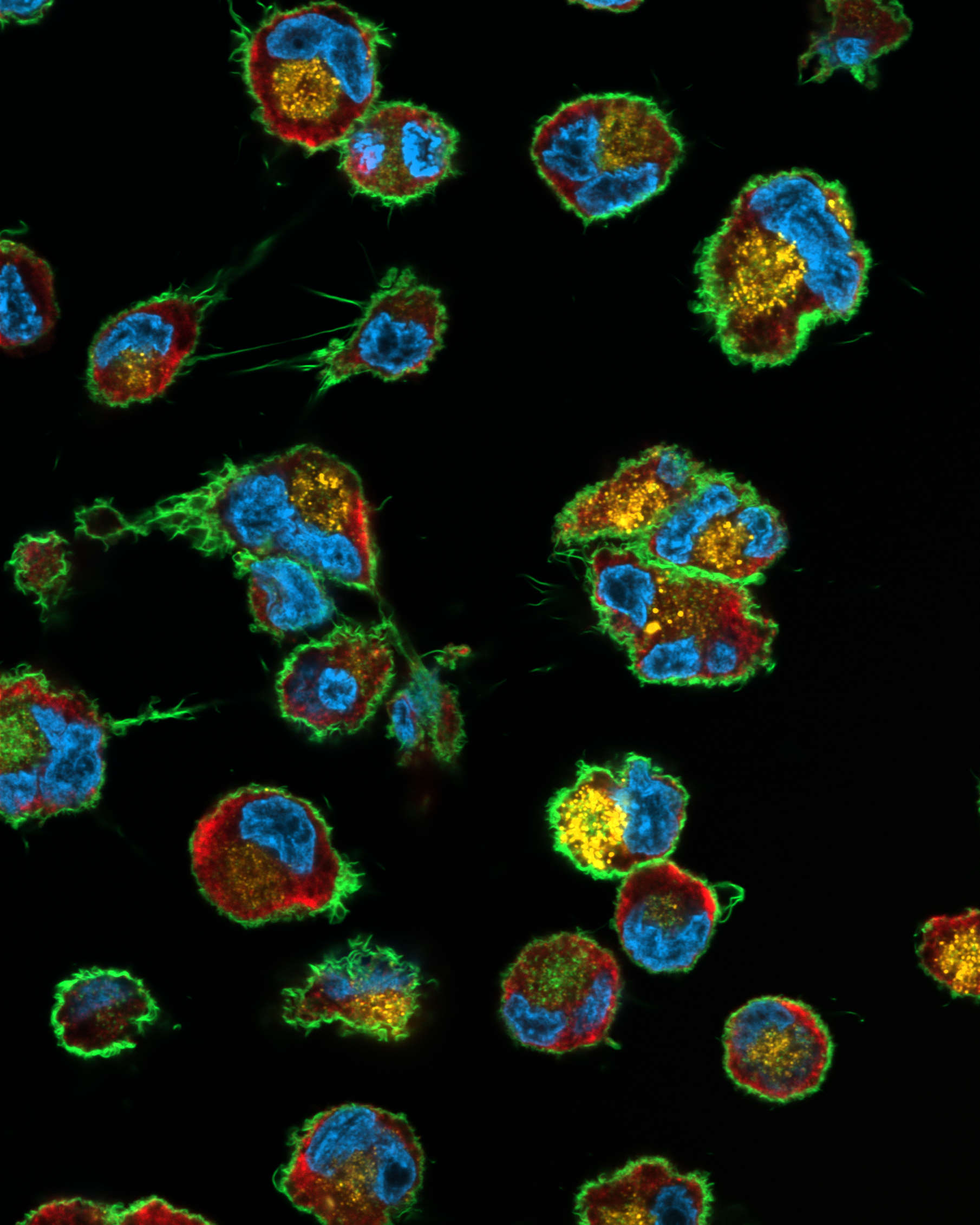
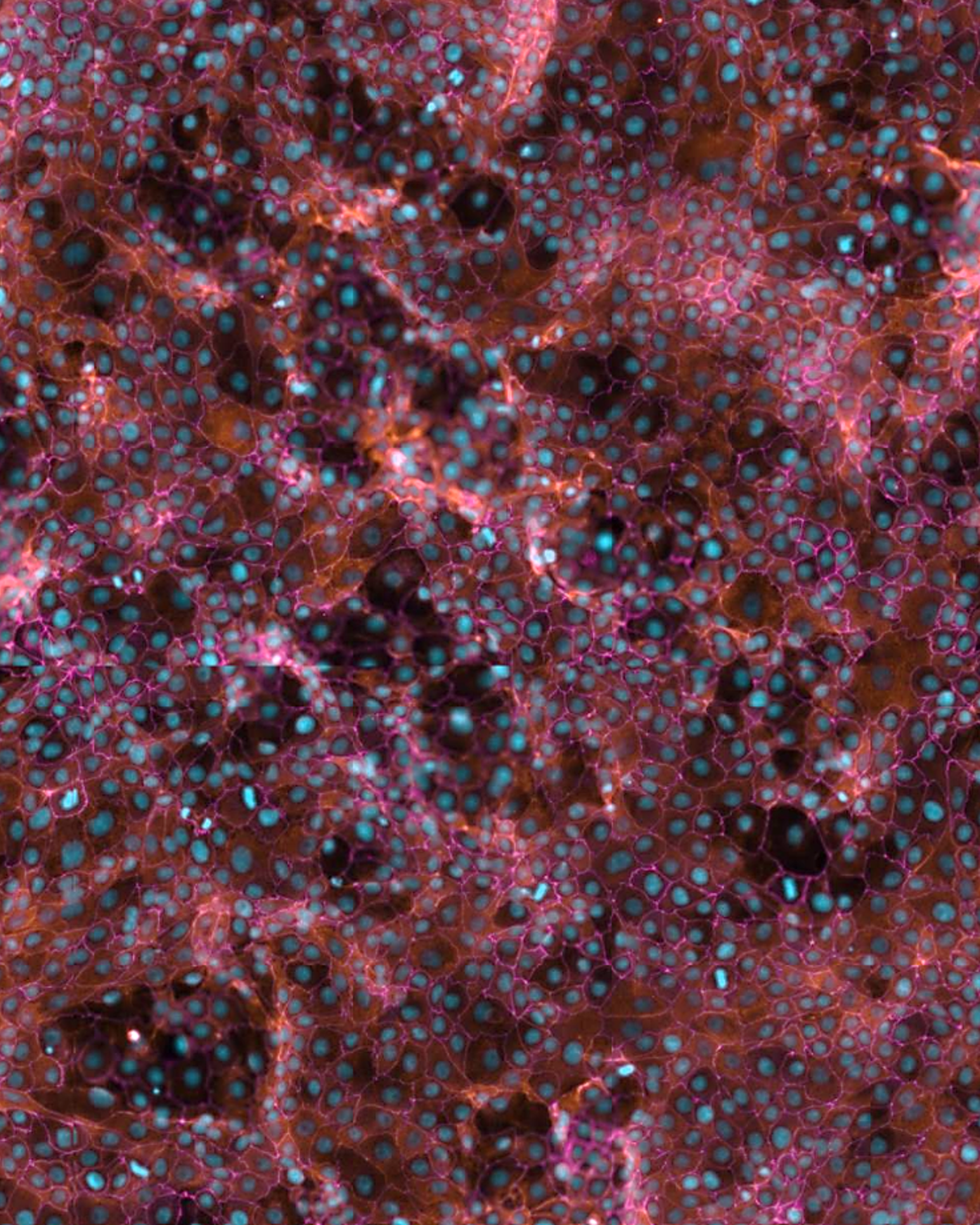
Related Publications
- Brettner FEB, Schreiner J, Vogel-Kindgen S, Windbergs M. Engineered Self-Assembly of Amphiphilic Cyclodextrin Conjugates for Drug Encapsulation. ACS Biomater Sci Eng. 2022. doi: 10.1021/acsbiomaterials.2c01023
- Kielholz T, Walther M, Jung N, Windbergs M. Electrospun fibers loaded with antimicrobial peptides for treatment of wound infections. Eur J Pharm Biopharm. 2022; 179:246-255. doi: 10.1016/j.ejpb.2022.09.014
- Schwickert M, Fischer TR, Zimmermann RA, Hoba SN, Meidner JL, Weber M, Weber M, Stark MM, Koch J, Jung N, Kersten C, Windbergs M, Lyko F, Helm M, Schirmeister T. Discovery of Inhibitors of DNA Methyltransferase 2, an Epitranscriptomic Modulator and Potential Target for Cancer Treatment. J Med Chem. 2022; 65(14):9750-9788. doi: 10.1021/acs.jmedchem.2c00388
- Planz V, Wang J, Windbergs M. Establishment of a cell-based wound healing assay for bio-relevant testing of wound therapeutics. J Pharmacol Toxicol Methods. 2018; 89:19-25. doi: 10.1016/j.vascn.2017.10.003
Associated Team Members

Scaffold-based Models
To answer scientific questions targeted at the molecular mechanisms and therapeutic strategies of inflammatory and infectious diseases, two-dimensional in vitro models often do not provide the necessary complexity of mimicking the diseased tissue microenvironment. In those cases, we rely on three-dimensional models, often cultivated on or within bio-inspired scaffolds and matrices to better replicate the respective physiological or pathological environment. Besides the use of established hydrogels for bioprinting and organoid cultivation, we develop functional materials to simulate the fibrillary structure of the native human extracellular matrix (ECM). Here, electrospun biomimetic scaffolds can be tuned in composition and elasticity to model, for example, the ECM of fibrotic or inflamed tissue in the lung and intestine. These scaffolds further provide optimal growth substrates for their integration into organ-on-chip (OoC) cultures.
Related Publications
- Rohde F, Danz K, Jung N, Wagner S, Windbergs M. Electrospun Scaffolds as Cell Culture Substrates for the Cultivation of an In Vitro Blood-Brain Barrier Model Using Human Induced Pluripotent Stem Cells. Pharmaceutics. 2022 14(6):1308. doi: 10.3390/pharmaceutics14061308
- Jung N, Moreth T, Stelzer EHK, Pampaloni F, Windbergs M. Non-invasive analysis of pancreas organoids in synthetic hydrogels defines material-cell interactions and luminal composition. Biomater Sci. 2021; 9(16):5415-5426. doi: 10.1039/d1bm00597a
- Planz V, Seif S, Atchison JS, Vukosavljevic B, Sparenberg L, Kroner E, Windbergs M. Three-dimensional hierarchical cultivation of human skin cells on bio-adaptive hybrid fibers. Integr Biol (Camb). 2016; 8(7):775-84. doi: 10.1039/c6ib00080k
Associated Team Members
Ex vivo Models
Although technological advancements now allow for the cultivation of human tissue cultures with complex architectures and multiple cell types, the use of living human tissue represents the gold standard in infection- and inflammation-centered research. Due to the complexity of tissue-resident immune components that are difficult to model in vitro, we employ ex vivo human tissue to investigate molecular mechanisms associated with wound healing and host-pathogen interactions. Here, we specialize in the use of human skin to analyze the interaction of drug-delivery systems with healthy tissue and additionally evaluate the biological effects of formulations during wound healing.

Related Publications
- Brettner FEB, Schreiner J, Vogel-Kindgen S, Windbergs M. Engineered Self-Assembly of Amphiphilic Cyclodextrin Conjugates for Drug Encapsulation. ACS Biomater Sci Eng. 2022. doi: 10.1021/acsbiomaterials.2c01023
- Kielholz T, Walther M, Jung N, Windbergs M. Electrospun fibers loaded with antimicrobial peptides for treatment of wound infections. Eur J Pharm Biopharm. 2022; 179:246-255. doi: 10.1016/j.ejpb.2022.09.014
- Schwickert M, Fischer TR, Zimmermann RA, Hoba SN, Meidner JL, Weber M, Weber M, Stark MM, Koch J, Jung N, Kersten C, Windbergs M, Lyko F, Helm M, Schirmeister T. Discovery of Inhibitors of DNA Methyltransferase 2, an Epitranscriptomic Modulator and Potential Target for Cancer Treatment. J Med Chem. 2022; 65(14):9750-9788. doi: 10.1021/acs.jmedchem.2c00388
- Planz V, Wang J, Windbergs M. Establishment of a cell-based wound healing assay for bio-relevant testing of wound therapeutics. J Pharmacol Toxicol Methods. 2018; 89:19-25. doi: 10.1016/j.vascn.2017.10.003

